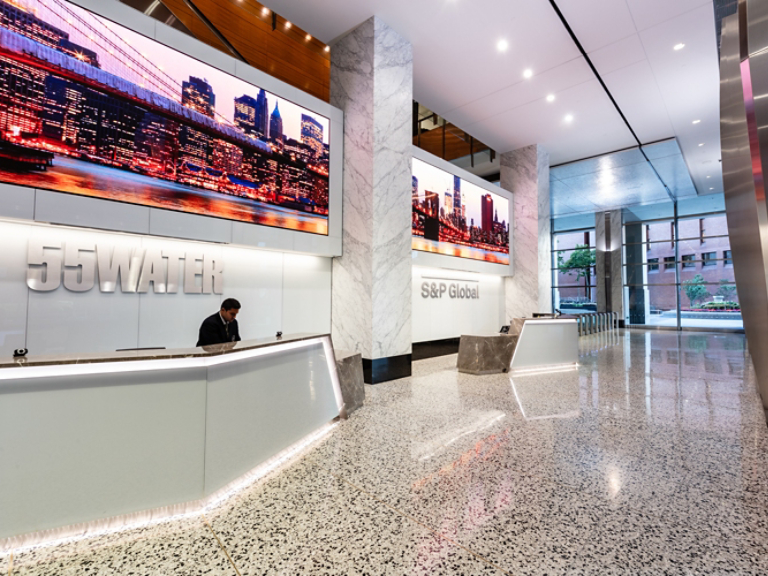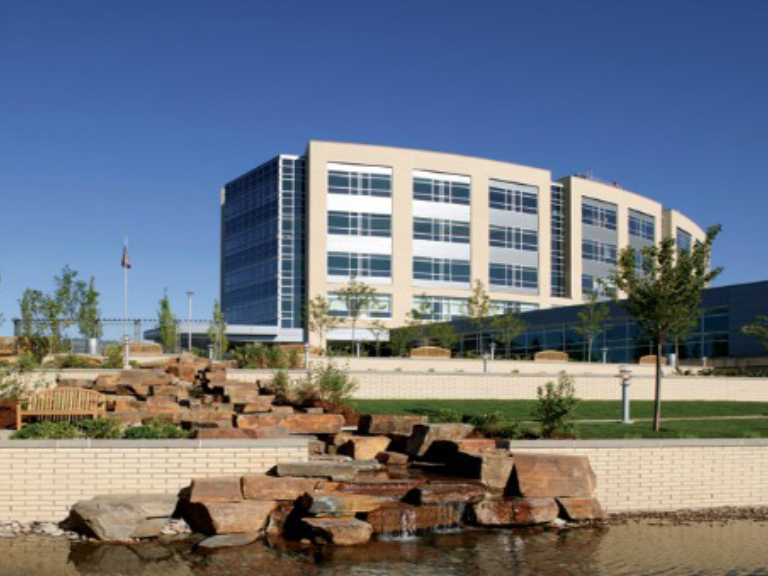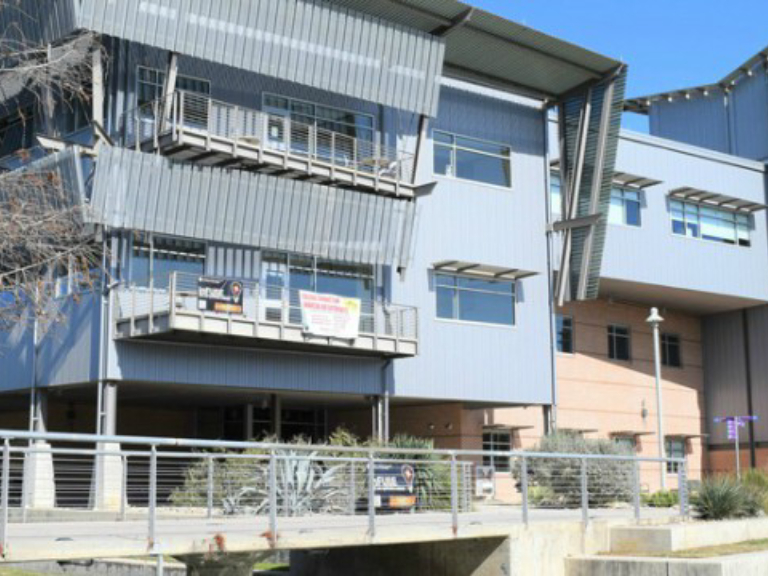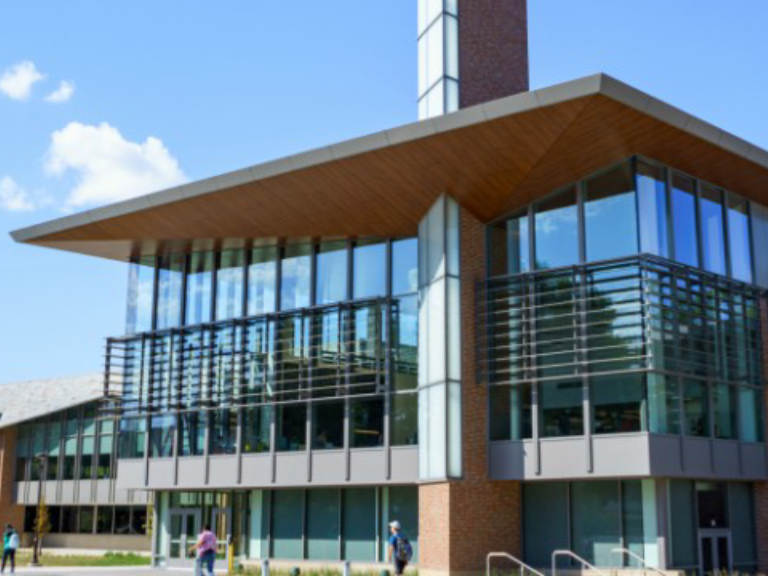Incentives for whole building projects encourage deep energy savings by rewarding integrated upgrades that improve performance across the entire facility.
Overview
What do incentives help our customers achieve?
Trane can help customers navigate incentives through various financial programs and support including:
-
Helping Reduce Overall Costs
-
Enhancing a Building’s Performance
-
Improving Overall Energy Efficiency
-
Elevating IAQ and Comfort
What incentives are available?
Federal, state, and local programs offer financial incentives to help offset the cost of energy-efficient building upgrades. Understanding your options can unlock significant savings
Many utilities provide rebates to help reduce upfront costs for building efficiency investments. These incentives can make sustainable upgrades more affordable and accessible.
Prescriptive or custom rebates for HVAC, controls, lighting, demand response and other load shifting investments.
Federal and state programs that reduce tax liability for efficiency and clean energy investments.
Federal and state tax credits can help lower project costs by directly reducing tax liability for qualifying energy-efficient improvements.
Accelerated deductions for building improvements can provide near-term financial relief, making efficiency investments more cost-effective.
Programs like C-PACE (Commercial Property Assessed Clean Energy) enable long-term financing for energy upgrades, repaid through property tax assessments.
Customer Stories
Learn how Trane has helped customers like you.
Where can I find more information about specific incentives?
-
C-PACE Commercial Property Assessed Clean Energy overview
C-PACE is a financing mechanism that provides commercial building owners with low-cost, long-term funding for energy-efficient, water-conserving, and renewable energy upgrades.




